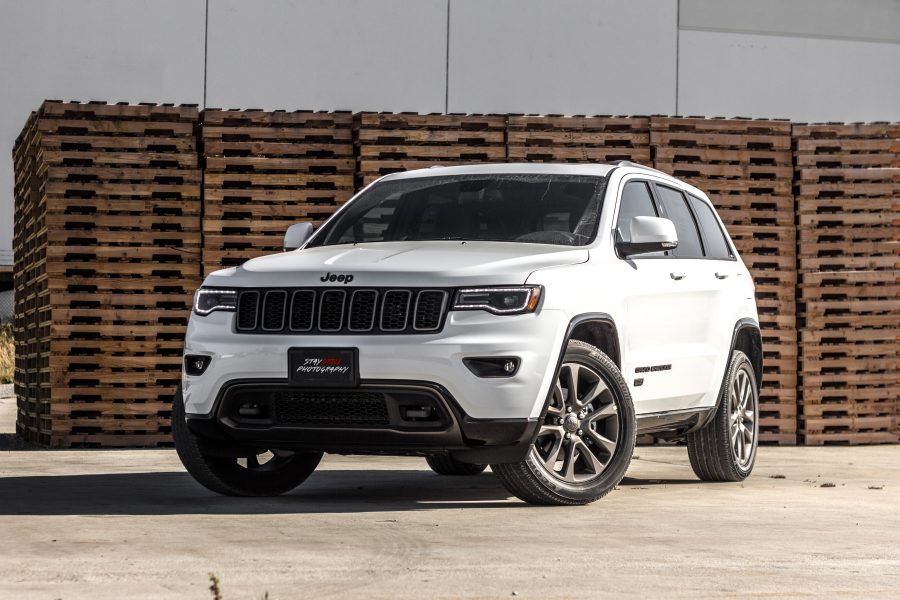Exploring the Intersection of Virtual and Physical Worlds within the Automotive Industry
The automotive industry is embracing the transformative power of augmented reality (AR), bringing the digital realm into the physical driving experience. Augmented reality technology is revolutionizing the way we interact with vehicles, enhancing safety, navigation, and overall driving enjoyment. Join us as we delve into the world of augmented reality in automotive and explore its impact on the future of driving.

Augmented reality overlays digital information onto the real-world environment, seamlessly blending virtual elements with the physical world. Within the automotive context, augmented reality is being integrated into heads-up displays (HUDs) and windshield projections, providing drivers with vital information without diverting their attention from the road.
One of the key applications of augmented reality in automotive is in navigation systems. Traditional GPS systems are being augmented with AR overlays, allowing drivers to see real-time directions, road names, and upcoming points of interest directly in their field of view. This technology offers a more intuitive and immersive navigation experience, reducing the need for drivers to glance at screens or consult maps.
AR also enhances safety features in vehicles. By utilizing advanced sensors and cameras, augmented reality systems can detect potential hazards and overlay visual cues or warnings in the driver's view. For instance, AR can highlight pedestrians, cyclists, or other vehicles, even if they are not within the driver's direct line of sight. This proactive approach to safety improves situational awareness and reduces the risk of accidents.
Furthermore, augmented reality can enhance vehicle maintenance and repair processes. By overlaying step-by-step instructions or virtual diagrams onto the actual engine or components, technicians can efficiently diagnose and service vehicles. This AR-assisted maintenance reduces errors, improves efficiency, and enables quick access to technical information, ultimately saving time and costs.
The incorporation of augmented reality into the automotive industry extends beyond the driving experience. Car manufacturers are using AR in the design and prototyping phase, allowing engineers and designers to visualize and evaluate vehicle concepts in a virtual environment. This enables faster iterations and improvements, resulting in more efficient production processes and enhanced product quality.
Moreover, augmented reality is transforming the car-buying experience. With AR-enabled showrooms and mobile applications, customers can virtually visualize and customize their vehicles, exploring various color options, interior configurations, and accessory choices. This immersive and interactive experience provides a more personalized and informed decision-making process for potential buyers.
While augmented reality offers numerous benefits, challenges remain as the technology continues to evolve. Designing intuitive user interfaces, ensuring accurate spatial mapping, and minimizing distraction are key considerations. Additionally, developing robust hardware and software solutions that can withstand the harsh automotive environment is crucial for widespread adoption.
In conclusion, augmented reality is revolutionizing the automotive industry, enhancing the driving experience with immersive, informative, and safer interactions. From navigation systems to safety features and vehicle maintenance, AR technology is reshaping how we engage with our vehicles. As the technology advances and adoption increases, we can expect even more innovative applications of augmented reality, paving the way for a new era of intelligent and immersive driving.


